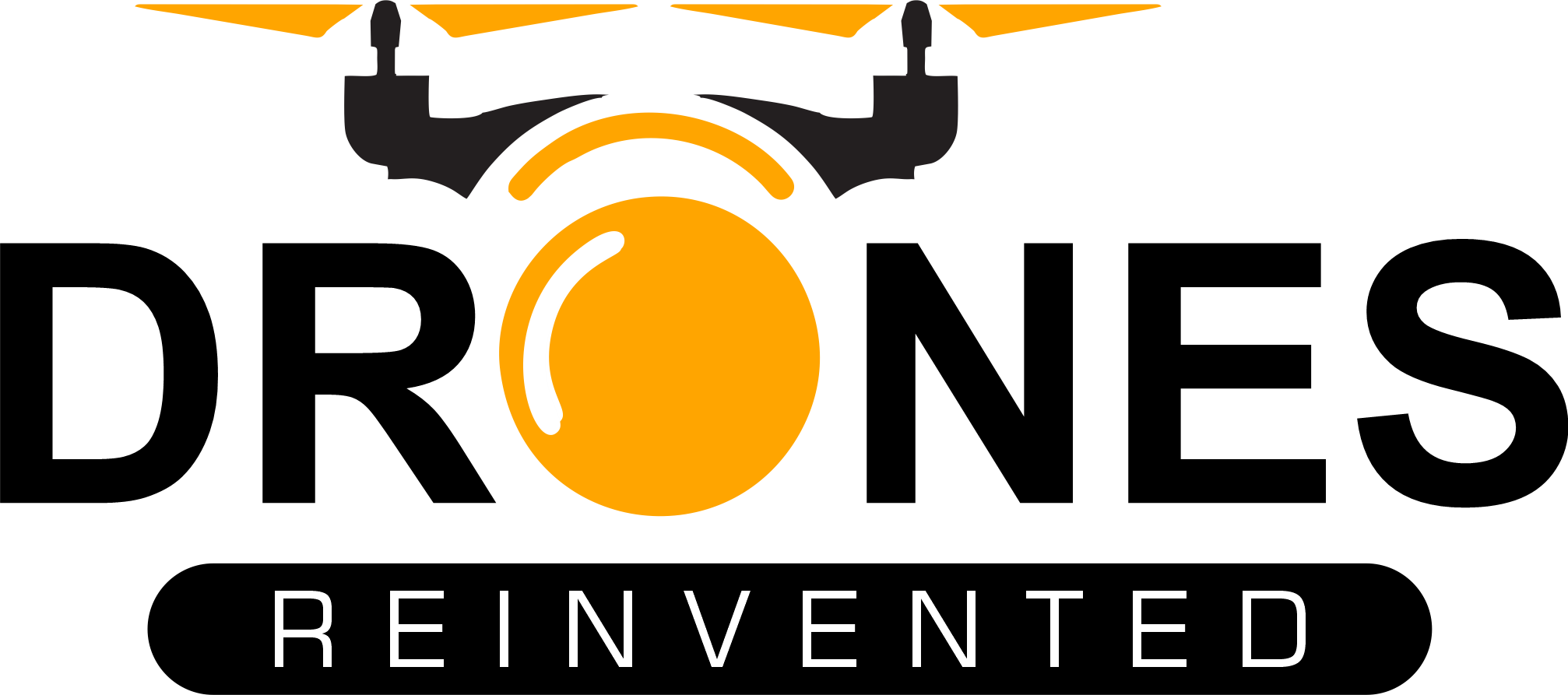Innovative Drone Technology Enhances Efficiency and Safety in Wind Power Operations
Ørsted, a global leader in offshore wind, is deploying heavy-lift cargo drones (HLCD) for the first time in an operational campaign at the Borssele 1&2 Offshore Wind Farm. This pioneering move marks a significant leap forward in operational efficiency and safety in the offshore wind industry. The heavy-lift cargo drones will transport cargo from a vessel to all 94 wind turbines at the Borssele offshore wind farm.
Enhancing Wind Power Efficiency with Drones
Building on previous trials and expertise using drones in other offshore wind farms, Ørsted is utilizing 70 kg drones with a wingspan of 2.6 meters. These drones can transport cargo of up to 100 kg. This operational campaign follows successful concept testing last year at the Hornsea 1 Offshore Wind Farm in the UK.
For this specific campaign, Ørsted has decided to update some critical evacuation and safety equipment in each turbine. Traditionally, a vessel would sail from one wind turbine to the next, using a crane to lift each box containing the equipment onto the transition piece. Then, the box would be lifted with the nacelle’s crane to reach the nacelle and moved to the top of the turbine. Instead, the drone will fly back and forth from an offshore supply vessel directly to the top of the nacelle. The drone flight from the vessel to the turbine takes about four minutes per turbine, while the conventional approach without using drones can take approximately six hours. Considering vessel transport between the turbines and from-and-to shore, Ørsted has been able to complete the tasks at Borssele 10-15 times faster than normal.
Quotes from Ørsted Leadership
Rasmus Errboe, Chief Commercial Officer and Deputy-CEO at Ørsted, commented:“Ørsted has led offshore wind’s journey from a niche technology to a cost-competitive and large-scale source of renewable power. We’ve done this through some big leaps by for example pioneering new turbine models, but also by continuously moving a lot of new and innovative ideas from the drawing board to real life application. The drones at Borssele 1&2 are a great example of this, as they will improve safety, bring down carbon emissions, and reduce the cost of operating offshore wind farms, which all further improve the commercial fundamentals of offshore wind for investors, governments, and corporations.”
The Global Importance of Wind Power
Wind power is a critical component of the global renewable energy landscape. Offshore wind farms harness the powerful and consistent winds at sea to generate electricity, providing a sustainable and reliable energy source. As the world shifts towards greener energy solutions, the efficiency and safety of operations in the wind power industry become increasingly important. Innovations like heavy-lift cargo drones play a significant role in addressing these challenges.
Solving Problems in the Wind Power Industry
The use of drones to deliver cargo to Borssele 1&2 will reduce costs and time as well as improve operational safety and efficiency. Drones mean less work disturbance as wind turbines do not have to be shut down when cargo is delivered. They prevent risk, making it safer for personnel working on the wind farm, and they minimize the need for multiple journeys by ship, reducing carbon emissions in the process.
Ørsted is leading the industry in deploying heavy-lift drones on a larger scale and in an operational campaign. The company is actively seeking partnerships with the best cargo drone operators and service providers to help grow the supply chain.
Cutting-Edge Innovation in Offshore Wind
This new technology is a testament to Ørsted’s commitment to innovation, which has been central to its business from the very beginning. Advances in technology have already brought down the costs of renewable energy, making it cost-competitive with fossil fuels. Ørsted believes it can continue to harness cutting-edge technology to make green energy more affordable, reliable, efficient, and sustainable across the value chain.
Recently, Ørsted has piloted a new technology that optimizes offshore wind monopile installation and has deployed autonomous vessels for offshore surveying. The company’s in-house R&D capabilities, led by a team with deep science and engineering expertise, oversee over 300 different projects. Additionally, Ørsted has partnered with over 50 universities and research institutes, helping bring the best ideas from the lab to the field.
Ørsted’s deployment of heavy-lift cargo drones at the Borssele Offshore Wind Farm demonstrates its commitment to leading the way in operational efficiency and safety in the offshore wind industry. This innovation is poised to set a new standard for the future of wind power operations.

0 Comments